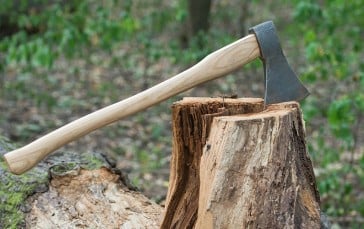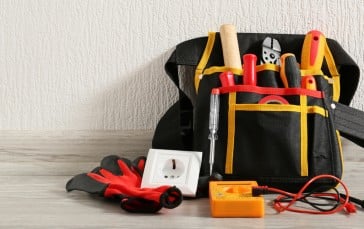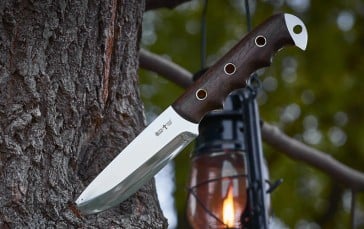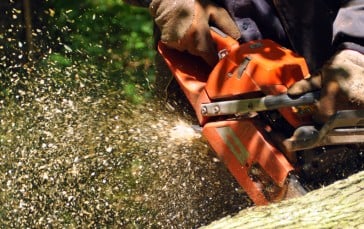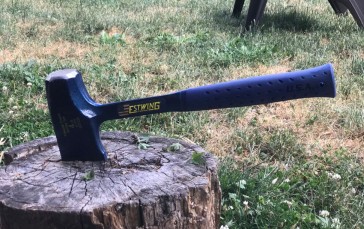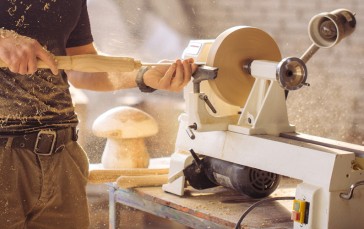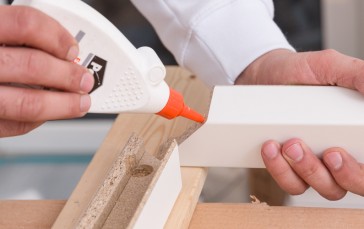How To Properly Select Firewood
Starting a fire is a very crucial skill whenever you are in the wild. And while you can always equip yourself with the best and most effective firestarter in the planet, if you simply don’t know how to choose the most appropriate firewood for your needs, then everything else is mute. Not to worry as we have prepared some firewood selection tips to take the burden of your shoulders and teach you how to always successfully build a campfire.
Always go for dry wood
Although there are many fire-starting techniques, experienced backpackers, campers, and survivalists always stick to one particular rule of thumb when it comes to choosing the best wood for fires: the drier it is, the better. Wood contains very small canals or tubes within its trunk that serves as its bloodline delivering water and nutrients from its roots all the way to the different parts of the tree. The amazing, albeit disconcerting thing is that these micro-tunnels can actually retain water or moisture several months after the tree has been felled or the wood has been cut. It is because of this presence of moisture that your wood will not really burn efficiently and properly.
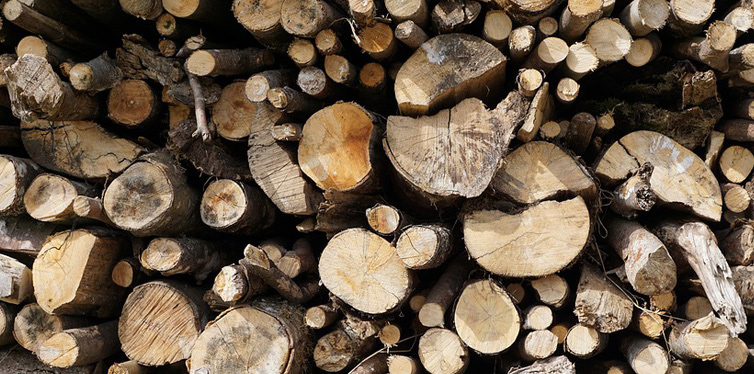
But how do you make sure that the firewood you’ve chosen is completely dry? Here’s how.
- Try banging two pieces of wood together. If it produces a loud and hollow cracking sound, then it is dry.
- Try tapping on the surface of the wood. If it creates a sharp, almost resonant sound, then it is also dry.
- Try weighing the wood. Dry wood will feel and weigh lighter than moist wood. However, if you’re going to purchase it, don’t go with weight.
- Look at the grain of the wood and determine if there are cracks. Note that not all dry wood will have cracks in their grain, though.
- Check the condition of the bark. It should be crisp and hard. Generally, you will notice that the bark has already ‘peeled off’ from the underlying wood.
- Use a hygrometer that’s primarily intended for measuring moisture in the wood.
- If you have to buy your firewood, make sure to buy them in the summer.
Steer clear of green wood
If you need to make sure you have dry, seasoned wood, it is also imperative to understand how to identify green, moist or wet, or even unseasoned firewood. Here’s how.
- Check the weight. Wet, unseasoned wood is typically heavier than dry wood.
- Bang the wood together and take note of a dull sound.
- Assess the condition of the bark especially for pliability. If it remains so, then there’s a good chance it has not been dried properly.
- Using a wood hygrometer should tell you how much moisture is present in your wood.
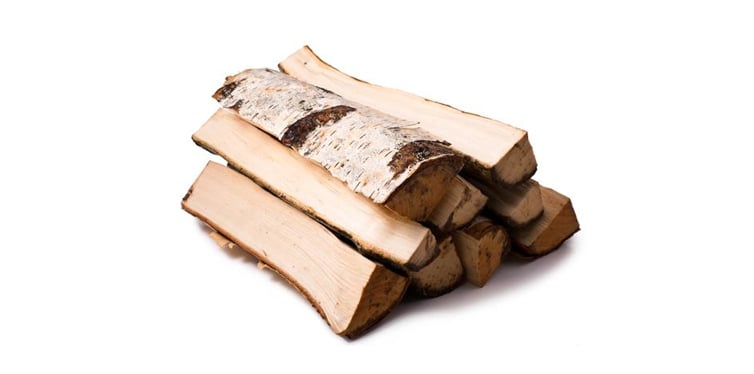
Learn the heat output of each type of firewood
Campfires are intended for lighting the campsite and for warming people. As such, you may also want to consider the heat output of each of the different firewood that you have in mind. For instance, Gamble Oak and White Oak are known to produce high BTU ratings while Linden and Red Cedar are not ideal for keeping you warm.
Choosing the best firewood includes ensuring that it is dry and well-seasoned. Considering its heat output matters as well.


